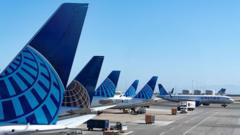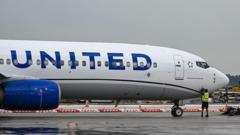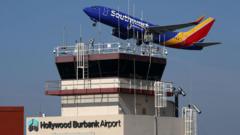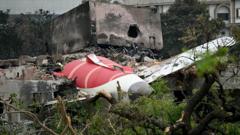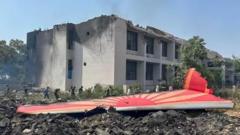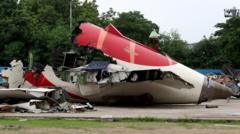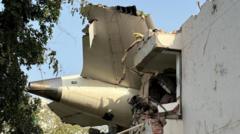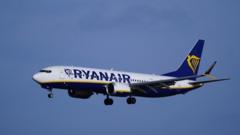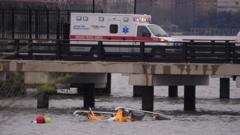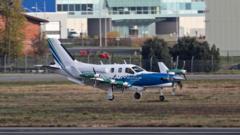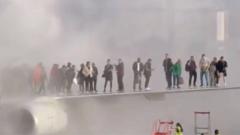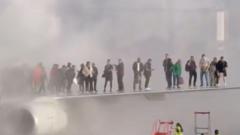An incident on April 28 at Newark Liberty International Airport saw air traffic controllers lose contact with aircraft, leading to numerous flight disruptions, cancellations, and a significant number of controllers taking trauma leave. The FAA attributes the challenges to a struggling system and staffing shortages as the agency works to enhance controller hiring and retention.
Newark Airport Faces Crisis as Air Traffic Controllers Lose Contact with Flights

Newark Airport Faces Crisis as Air Traffic Controllers Lose Contact with Flights
Air traffic controllers at Newark Liberty International Airport experienced a brief communication blackout, leading to widespread flight delays and cancellations.
Air traffic controllers at Newark Liberty International Airport encountered a troubling incident last week when they momentarily lost communication with planes under their management, as reported by a union representative. This episode on April 28 caused multiple controllers to go on trauma leave, leading to significant disruptions, including hundreds of flight delays and diversions. In fact, more than 150 flights were canceled on the following Monday alone, according to data from tracking service FlightAware.
As one of New York City's busiest airports, Newark has been struggling with staffing shortages, a problem exacerbated by the recent communication failure. The Federal Aviation Administration (FAA) acknowledged the issue, declaring that "our antiquated air traffic control system is affecting our workforce." The agency confirmed that the affected controllers had taken leave but mentioned the challenge of quickly replacing them, emphasizing ongoing training efforts for new personnel who will manage this high-traffic airspace.
Criticism regarding air traffic control at Newark has been accumulating. Recently, United Airlines revealed plans to cancel up to 35 flights daily from Newark, claiming the airport's capacity could not accommodate the scheduled volume of aircraft. United's CEO, Scott Kirby, highlighted that failures in the technology required by FAA controllers had led to multiple diverted flights, resulting in extensive cancellations and delays. Furthermore, he pointed out that over 20% of FAA controllers had walked off their positions amid these difficulties.
The National Air Traffic Controllers Association reported that workers took leave due to experiencing trauma at work following the communication breakdown. Details regarding the exact number of controllers off duty or the duration of the communication loss have not been disclosed.
In response to the crisis, the U.S. Department of Transportation recently launched an initiative aimed at increasing FAA air traffic controller numbers and enhancing workforce retention. This plan is expected to expedite the onboarding process for new controllers and ensure that the FAA meets its hiring target of at least 2,000 controllers this year. This step follows a troubling backdrop in February, when the previous administration initiated cuts to the FAA's workforce weeks after a fatal mid-air collision in Washington, D.C. The FAA is determined to maintain hiring efforts for air traffic controllers and safety personnel amid prevailing challenges in the air travel sector.

